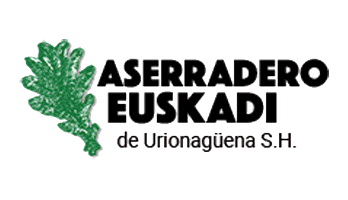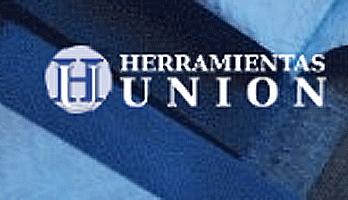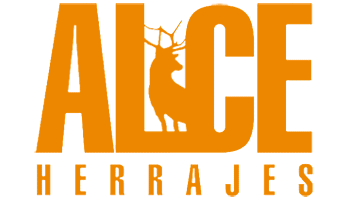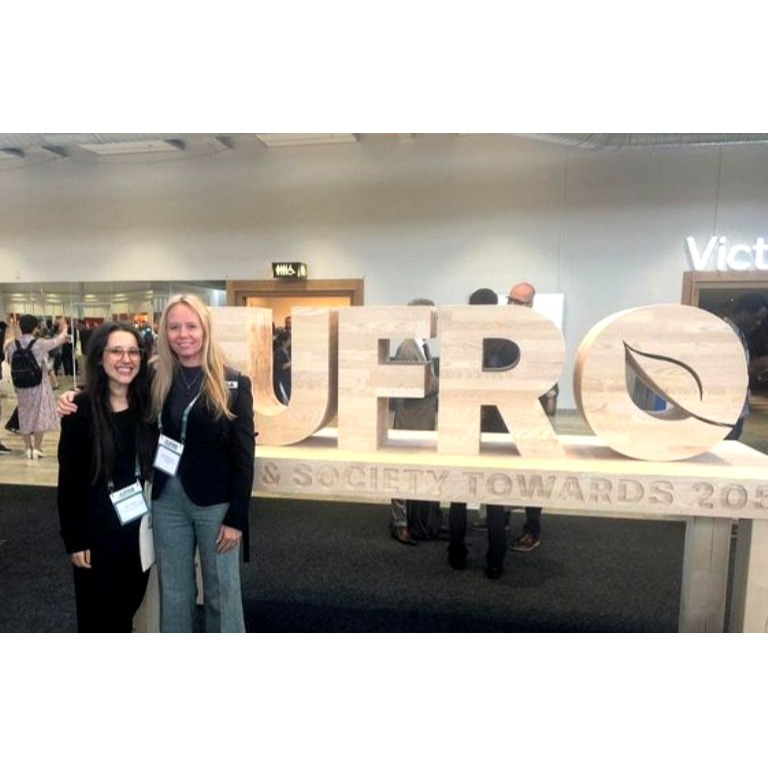
Silvia Korth and Peggy Thalmayr shared investigations in forest genetics and statistics in the Iufro 2024 Congress
Both forestry and teachers of the Faculty of Forest Sciences (FCF) of the National University of Misiones (UNAM), participated in workshops and workshop in the 26th World Congress of the International Union of Forest Research Organizations (Iufro), held in Stockholm, Sweden, from June 23 to 29. The 26th World Congress of the International Union of Forest Research Organizations (Iufro) brought together 4,271 participants from 102 countries and served as a global forum for the exchange of knowledge, perspectives and visions among scientists from various disciplines
The participation of teachers Silvia Korth and Peggy Thalmayr in the Iufro World Congress has great importance for several key reasons, from the exchange of knowledge since the meeting provided a platform for teachers to share their research and knowledge with other experts in the field of forest research at globa level, enriching both their work and that of other researchers, and promoting advances in forest science. On the other hand, the presentation of their research in an international forum increases the visibility of their work and the faculty of Forest Sciences of the UNAM. This can attract more attention and support to your projects, as well as recognize the quality of the research carried out in the institution. Science works for policies and practice ». This workshop, aimed at scientists in the initial and medium stages of their careers, aimed to improve the necessary skills to produce high quality research results and effectively transfer scientific knowledge to policies and practice. During the congress, Thalmayr performed An oral presentation on his work entitled Implications of management by rural families on the genetic and phenotypic diversity of populations of Euterpe Edulis, a palm tree of the Atlantic Forest, within the technical session Management of forest genetic resources for multiple purposes for forest products, ecosystem services and response to climate change. Scholarships to 120 scientists from 81 countries. On the other hand, Silvia Korth, member of the SNS Net Collaborative Inventory data to analyze the space-time drivers of the Nordic forests. which will be presented in the scientific journal Silva Fennica. During the Iufro Congress, Korth and his team presented an advance of their research entitled Beyond the biophysical inventory: human dimensions to plan a sustainable forestry, within the technical session forms forms to know the multiverse of human-bosque relations: Methodological approaches for sustainable futures for forests. of Korth, as well as the iufro for the support provided to Thalmayr and by the enriching experience of the World Congress. Through their participation in workshops and technical sessions, teachers can improve their skills and knowledge in critical areas of forest research. This professional development is crucial to maintain its work in the avant -garde of forest science. Thalmayr contributed the results of forest research in the Uppsala workshop to translate into effective policies and practices. This is essential to address global challenges such as climate change and biodiversity conservation. The research presented, such as the implications of management by rural families on the genetic and phenotypic diversity of Euterpe Edulis populations, are fundamental to develop strategies of forest management that promote sustainability. In summary, the participation of teachers in the Iufro World Congress not only benefits their professional development and the visibility of their work, but also contributes to global forest science, the formulation of effective policies , sustainable management and conservation of forest ecosystems.
IT MAY INTEREST YOU
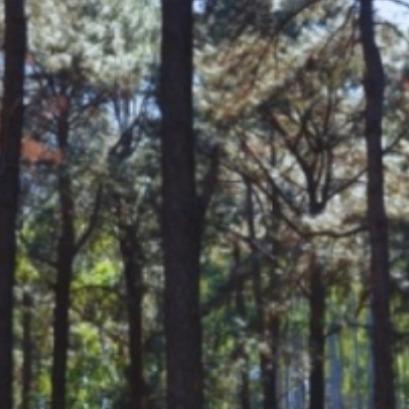 They promote research in pine resins from the NEA
They promote research in pine resins from the NEA
The forestry industry is one of the most important sectors in the economies of Misiones and Corrientes. Thousands of hectares of pine supply the paper, pulp, boards and sawmill industry. Pinus elliottii, one of the species established in the region, in addition to providing wood, is used to produce resin, a non-wood forest product with high demand in the chemical, pharmaceutical and cosmetic industries. In 2\024, resin extraction of approximately 52,6\0\0 tons was achieved from approximately 18,\0\0\0,\0\0\0 trees in production, generating income and jobs with high expansion potential.
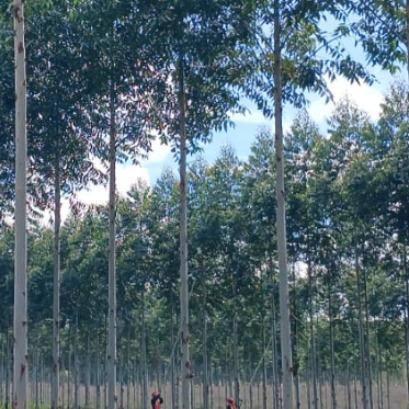 Paraguay | The plantations became instruments of territorial development and the generation of decent employment, INFONA highlights.
Paraguay | The plantations became instruments of territorial development and the generation of decent employment, INFONA highlights.
Plantings in different phases, control of ants and weeds, pruning and thinning, mechanized harvest, technology applied to the field and complete integration of the production cycle were part of the CREA Forestal proposal in its Technical Update Conference – JAT Forestal 2025. The event took place on Friday, November 14, at Estancia Ñemity, located in San Juan Nepomuceno, Caazapá, where agricultural producers, technicians, contractors, students and companies in the sector met to observe the forestry business of the future in action.
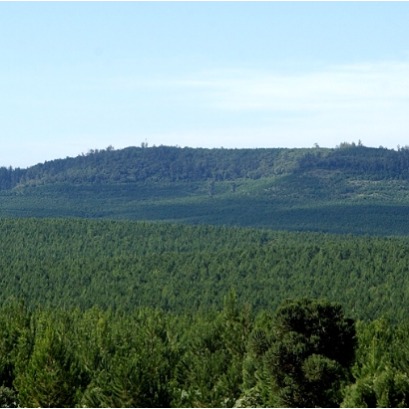 Free seminar on the implementation of the European EUDR regulation on deforestation-free wood products
Free seminar on the implementation of the European EUDR regulation on deforestation-free wood products
The Argentine Forestry Association (AFoA) organizes the seminar «EUDR in Forest Products: Current status of implementation. Regulatory requirements and private experiences", which will take place on Wednesday, November 26, from 11:00 a.m. to 12:00 p.m., via Zoom, with live streaming on YouTube. The European Regulation on Deforestation-Free Products (EUDR) will enter into force on December 31, 2025 and will impose new requirements for forest products entering the European Union market.









